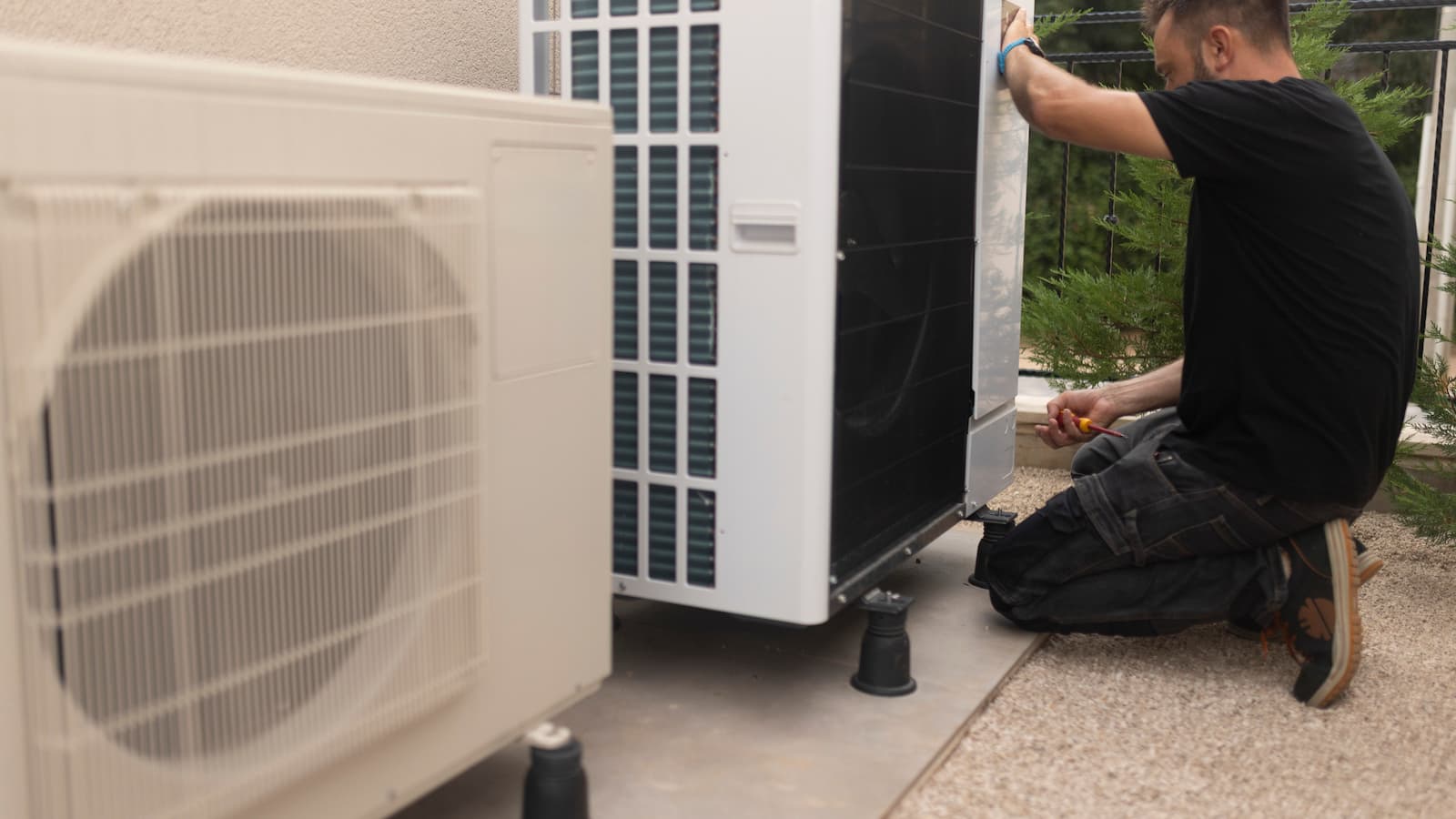600,000 heat pump installations needed a year to meet UK's eco goals, says Nesta
Nesta says "It is time to inject some energy into energy policy" claiming 600,000 heat pump installations are needed every year until 2028 in order to meet decarbonisation goals

One in ten homes must install a heat pump by 2028, according to newly published 'delivering clean heat' proposals.
Nesta, a non-profit organisation focused on innovation, says these proposals outline the changes that must be made to the Government's Heat and Buildings Strategy to decarbonise homes and remove fossil fuels by 2035.
The registered charity has outlined these in three phases up until 2050, the year the Government has said the UK must become net zero by, as well as outlining the importance of using air source heat pumps to meet this goal.
Three phases of the heat transition
Nesta goes into detail about how to achieve fossil fuel free homes by 2035 in its 'delivering clean heat' proposals.
In it it proposes three phases for ground or air source heat pumps installation. These phases are:
1. Acceleration (now to 2028)
During its 'acceleration' phase, Nesta says the aim should be to significantly increase the annual installations of low-carbon heating systems by a "factor of ten".
This rapid expansion will be driven primarily by the growth of heat pump supply chains and Nesta has recommended that Government policy should focus on boosting the demand for heat pumps and enhancing energy efficiency while continuing to support fuel-poor households and social homes.
Get the Homebuilding & Renovating Newsletter
Bring your dream home to life with expert advice, how to guides and design inspiration. Sign up for our newsletter and get two free tickets to a Homebuilding & Renovating Show near you.
The existing demand-led model will remain the primary approach, where most homes switch individually unless they are part of a heat network zone. Nesta says this phase's key success criterion is reaching at least 600,000 annual low-carbon heating installations by 2028.
2. Scaling Up (2028 to 2035)
In the 'Scaling Up' phase, the goal is to double the annual installations of low-carbon heating systems once again, ensuring they surpass the installation rate of fossil fuel heating systems.
Nesta has said growth will be more challenging in this period but that the government needs to leverage the progress made in the previous phase to engage less enthusiastic households.
Financial support will transition from direct subsidies to financing mechanisms. Additionally, grid capacity must expand rapidly to meet the increased demand for electrical heat.
Nesta has said fossil fuel powered boiler installations should be reduced to zero by 2035 and 1.1 to 1.5 million heat pumps should be installed per year during this period.
3. Phasing Out (2035 to 2050)
In the 'Phasing Out' phase of Nesta's strategy, low-carbon heating will become the main source of home heating.
Government policies during this period should focus on eliminating remaining fossil fuel infrastructure and alterations must be made to the gas and electricity grid with a lower demand for gas and an increased demand for electricity.
By this stage, it is expected most homes shouldn't need government financial support, though some may still require assistance. The goal is for all homes to adopt low-carbon heating by 2050, with adapted electricity and gas grids.
Fuel heat transition using a 'Twin-Track' approach
The government is currently using a demand-led, individual approach for the heat transition, where homes switch to low-carbon heating on a house-by-house basis.
This 'Heat and Buildings Strategy' model is supported by coordinated efforts for communal heating or new heat networks.
However, Nesta says there is uncertainty about whether this approach will be sufficient for the next phases and has recommended the government should continue with the current method while improving it and simultaneously start developing coordinated delivery models.
These models Nesta says can lower costs, offer more funding options, and simplify the upgrade process. Nesta has labelled this as a 'Twin-Track' approach, which they claim can balance individual and coordinated models, ensuring flexibility to pivot if one method proves more effective.
Encouraging different types of heat pumps
As well as changing the way heat pumps are delivered to households, Nesta has also said a wider range of heat pumps should be encouraged in households.
Low-temperature air source heat pumps are currently the most common type of heat pump as these are the most energy-efficient and cheaper than alternatives.
However, Nesta says high-temperature should be encouraged as despite being less efficient and more expensive they can reduce the need for upgrades to radiators or pipework so are more flexible.
Hybrid heat pumps are also encouraged as despite being more expensive to install and may need a second transition further down the line, they are quicker and easier to install into homes.
Nesta has said any mandate for hydrogen boilers should be "ruled out" due to the cost to consumers and the challenges producing green hydrogen, which is required for hydrogen boilers to function.

News Editor Joseph has previously written for Today’s Media and Chambers & Partners, focusing on news for conveyancers and industry professionals. Joseph has just started his own self build project, building his own home on his family’s farm with planning permission for a timber frame, three-bedroom house in a one-acre field. The foundation work has already begun and he hopes to have the home built in the next year. Prior to this he renovated his family's home as well as doing several DIY projects, including installing a shower, building sheds, and livestock fences and shelters for the farm’s animals. Outside of homebuilding, Joseph loves rugby and has written for Rugby World, the world’s largest rugby magazine.
